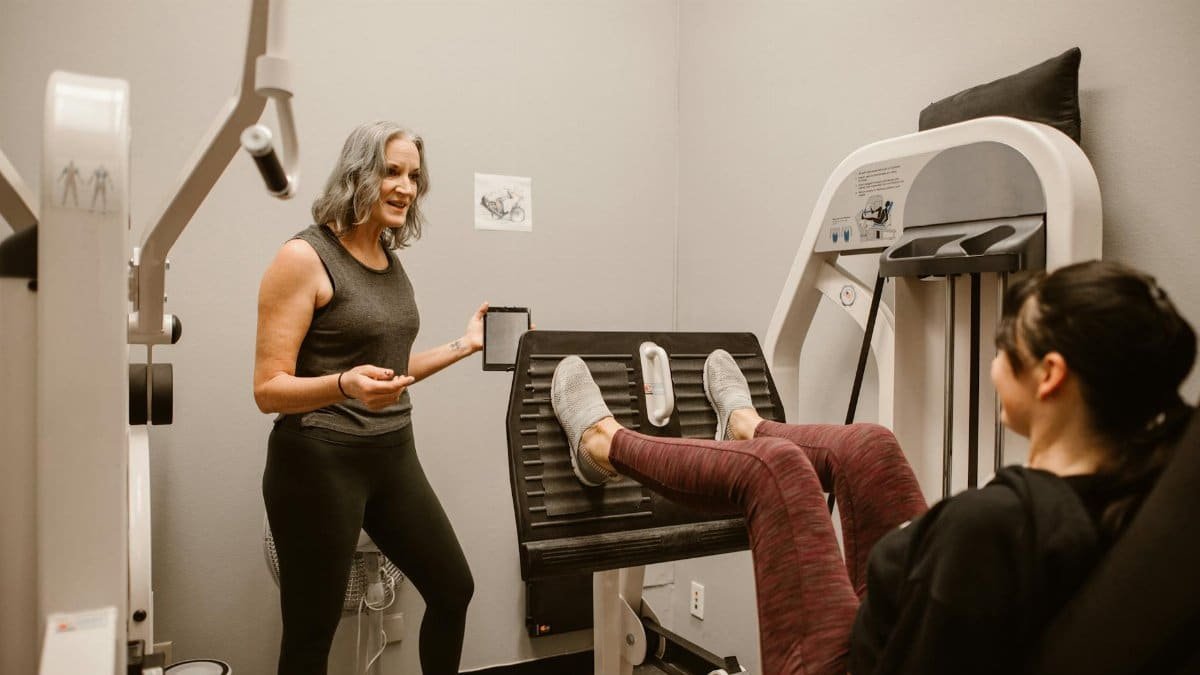In a world buzzing with distractions, new data shows 45% of Americans are turning to healing selfcare practices to combat daily stress, according to a recent survey by the American Psychological Association. This surge highlights a shift toward personal wellness amid rising mental health concerns. Healing selfcare isn’t just a buzzword—it’s a practical approach to nurturing mind and body, helping individuals reconnect internally without external noise. As we navigate 2025’s fast-paced life, these methods offer a quiet path to resilience and balance.
Understanding the Basics of Healing Selfcare

Healing selfcare starts with simple routines that prioritize mental and physical well-being. It’s about intentional acts like journaling or deep breathing to process emotions. Experts emphasize starting small to avoid overwhelm. A study from Harvard Medical School links consistent selfcare to reduced anxiety levels. For many, it’s the foundation for long-term emotional stability in today’s demanding environment.
The Role of Mindfulness in Daily Routines

Mindfulness forms the core of effective healing selfcare. Techniques such as meditation apps or guided sessions help users stay present. In the U.S., apps like Headspace report millions of downloads, reflecting a trend toward digital tools for mental health. Incorporating just 10 minutes daily can lower cortisol levels, as noted in research from the National Institutes of Health. This practice turns chaotic days into moments of clarity.
Physical Activities That Promote Inner Healing

Don’t underestimate movement in healing selfcare. Yoga or walking in nature releases endorphins, fostering emotional recovery. A 2025 report from the CDC indicates that regular exercise correlates with better mood regulation among adults. Pairing physical activity with self-reflection amplifies benefits, making it a go-to for those seeking holistic reconnection.
Nutrition’s Impact on Emotional Balance

What you eat influences healing selfcare outcomes. Foods rich in omega-3s, like salmon, support brain health and mood stability. Nutritionists point to studies showing dietary habits affect mental resilience. The Centers for Disease Control and Prevention highlights how balanced meals reduce inflammation linked to stress. Integrating mindful eating transforms meals into restorative rituals.
Building Supportive Habits for Long-Term Wellness

Consistency is key in healing selfcare. Habits like setting boundaries or prioritizing sleep build a safety net against burnout. Therapists recommend tracking progress in a journal to notice patterns. With workplace stress on the rise in 2025, these habits empower individuals to maintain equilibrium without relying on external validation.
Overcoming Common Barriers to Selfcare

Time constraints often hinder healing selfcare efforts. Busy schedules make it tough, but micro-habits—like five-minute breaks—can help. Guilt from self-prioritization is another hurdle; experts advise reframing it as essential maintenance. Addressing these barriers head-on leads to sustainable practices that fit real life.
The Science Behind Emotional Reconnection

Neuroscience backs healing selfcare’s effectiveness. Brain scans show mindfulness alters neural pathways, enhancing emotional regulation. Research from Stanford University supports this, linking practices to improved focus and empathy. In a culture of constant connectivity, these findings underscore why quiet introspection is vital for personal growth.
Real-Life Examples of Transformation

Take New Yorker Lisa M., who integrated healing selfcare after a career burnout. Through daily affirmations and walks, she regained confidence. Stories like hers echo across U.S. communities, where support groups share similar journeys. These anecdotes illustrate how small steps yield profound changes in emotional landscapes.
Integrating Technology for Modern Selfcare

Apps and wearables enhance healing selfcare accessibility. Devices tracking sleep and mood provide data-driven insights. In 2025, AI-powered tools personalize routines, making reconnection effortless. While tech aids, experts caution against over-reliance, advocating a blend with traditional methods for authentic results.
Why It Matters in Today’s World

In an era of information overload, healing selfcare offers a counterbalance. It fosters resilience amid economic and social pressures. As mental health awareness grows, these practices empower individuals to thrive independently. Ultimately, it’s about reclaiming inner peace in a noisy world.
